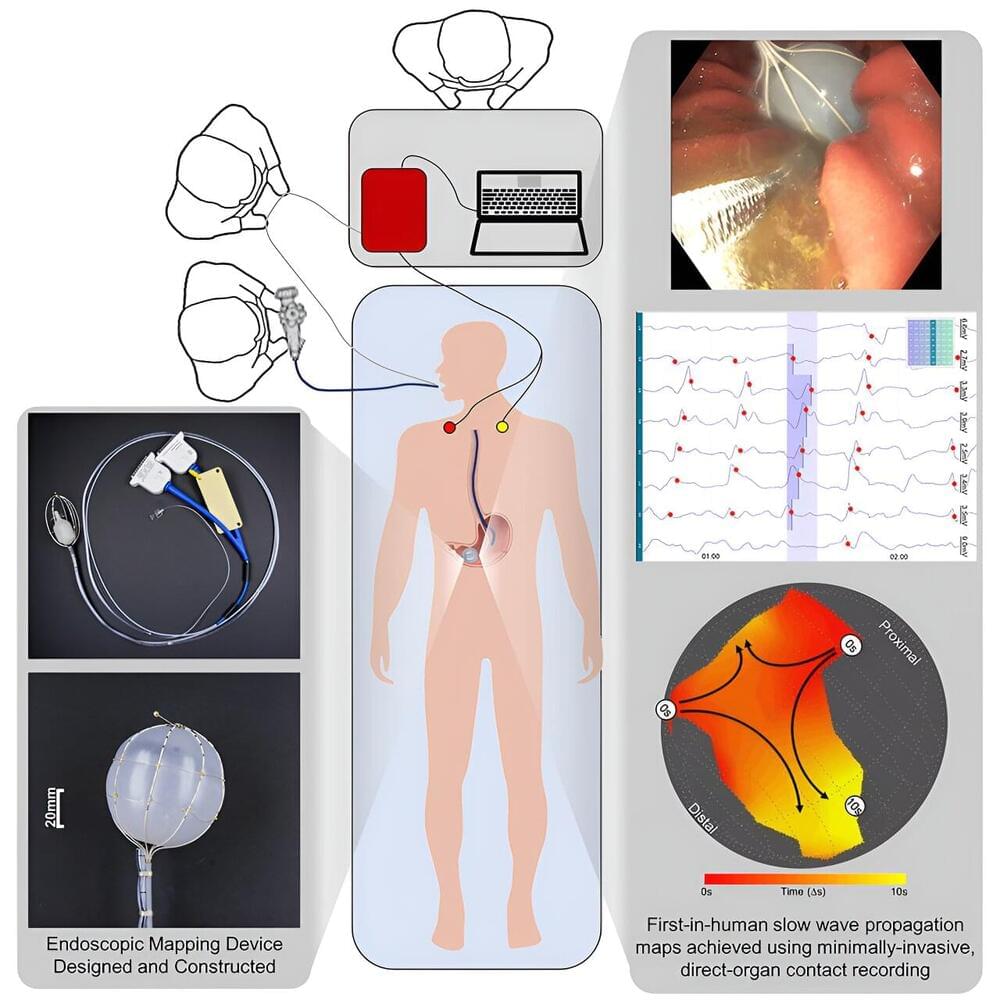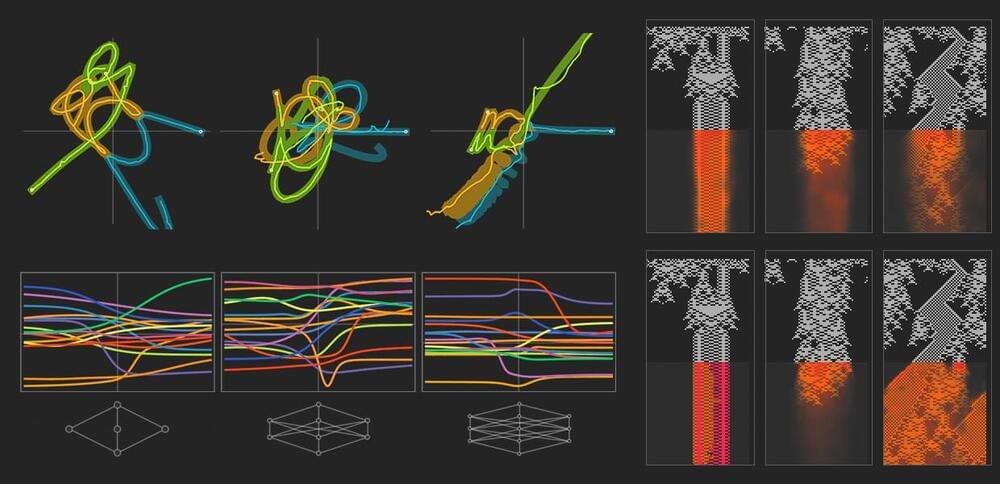NIH-supported study shows long-term benefits of surgery compared to medication and lifestyle change.
People with type 2 diabetes who underwent bariatric surgery achieved better long-term blood glucose control compared to people who received medical management plus lifestyle interventions, according to a new study supported by the National Institutes of Health. The participants who underwent bariatric surgery, also called metabolic or weight-loss surgery, were also more likely to stop needing diabetes medications and had higher rates of diabetes remission up to 12 years post-surgery. Results of the study were published in JAMA and funded by the National Institute of Diabetes and Digestive and Kidney Diseases (NIDDK), part of NIH.
“While there are many factors involved, and not all of them are completely understood, bariatric surgery typically results in greater weight loss that affects a person’s metabolic hormones, which improves the body’s response to insulin and ability to maintain healthy blood glucose levels,” said Dr. Jean Lawrence, NIDDK project scientist. “These results show that people with overweight or obesity and type 2 diabetes can make long-term improvements in their health and change the trajectory of their diabetes through surgery.”








